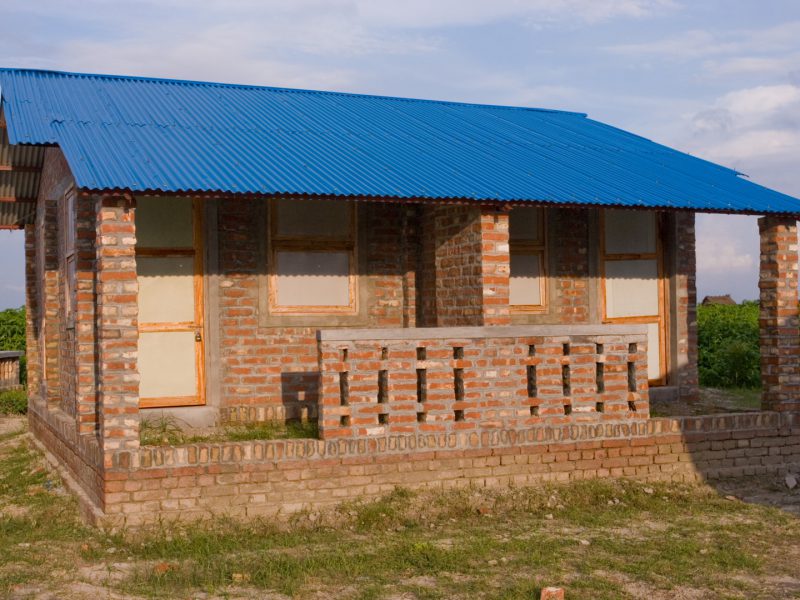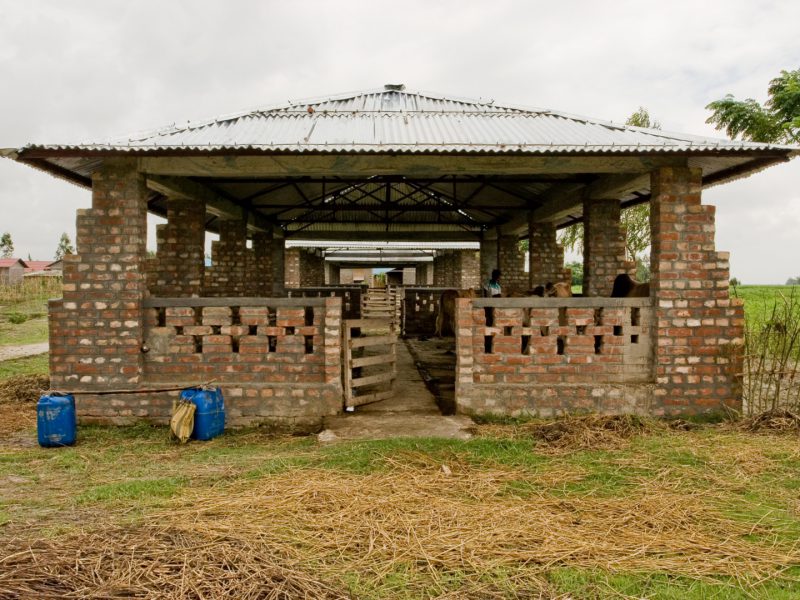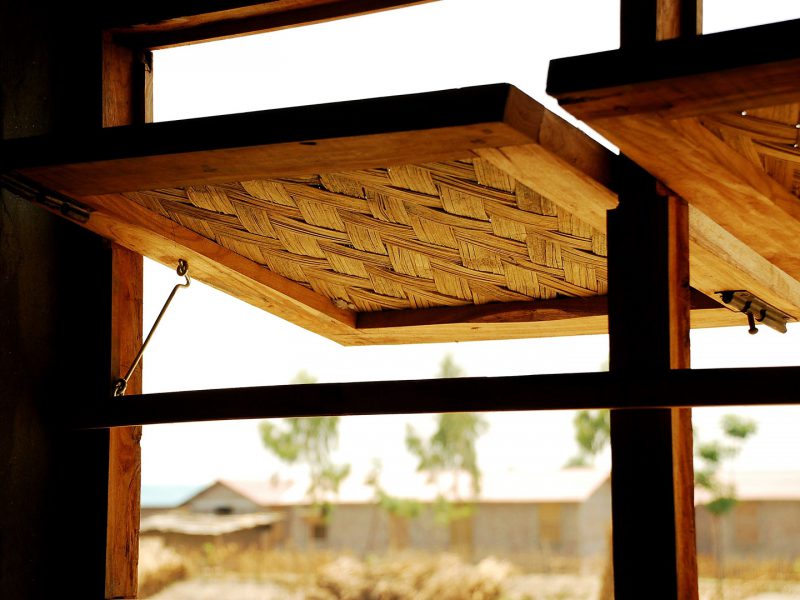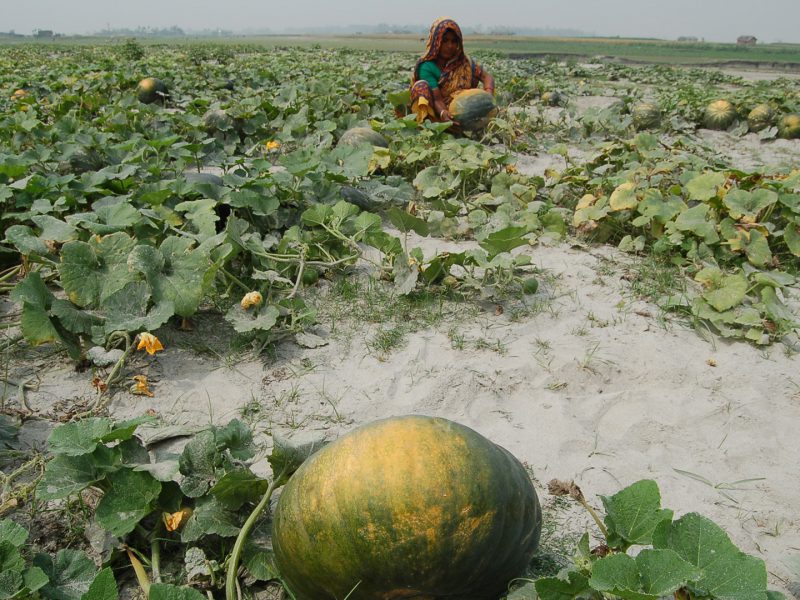DISAPPEARING LANDS: SUPPORTING COMMUNITIES AFFECTED BY RIVER EROSION
DISAPPEARING LANDS: SUPPORTING COMMUNITIES AFFECTED BY RIVER EROSION
A large part of Bangladesh is a delta in formation with large number major rivers and their tributaries. These rivers before reaching the Bay of Bengal frequently change their course thus eroding the river banks. According to statistics nearly 7 million people have been displaced due to river erosions during the last 2 decades and millions of people are directly or indirectly affected every year. The project region (Gaibandha District) is located in the north western Bangladesh at the confluence of the two major rivers: Tista and Brahmaputra. Because of the geographical location this area is vulnerable to river erosion, frequent flooding and other natural disasters. In this highly disaster prone district riverbank erosion leads to permanent loss of agricultural lands and as well as homesteads. The affected communities often take refuge on nearby embankments or migrate to urban slums where basic services such as safe water, sanitation, health. Due to poor communications in these areas communities are deprived of basic services. Women and children are the most vulnerable, in the absence of alternative livelihood options and lack of institutional supports. The remoteness of the district and the complexity of the problems, results in a high degree of social marginalisation, migration, child labour, exploitation, early marriage & pregnancies of adolescent girls and violation of human rights.The project (Disappearing Lands: Supporting Communities Affected by River Erosion) was formally launched in April 2004 by Practical Action Bangladesh to help the communities which are affected by flood and river erosion in this area. Two major components of the project were developing cluster villages and some multipurpose shelters for the vulnerable communities in the region. The project also focused on food security and alternative employment generation for the erosion affected and displaced resource poor communities through different innovative strategies based on disaster risk management & vulnerability reduction, adaptation to climate change issues and building awareness about social, civil and political rights.
- architecture
- design
- environment
































